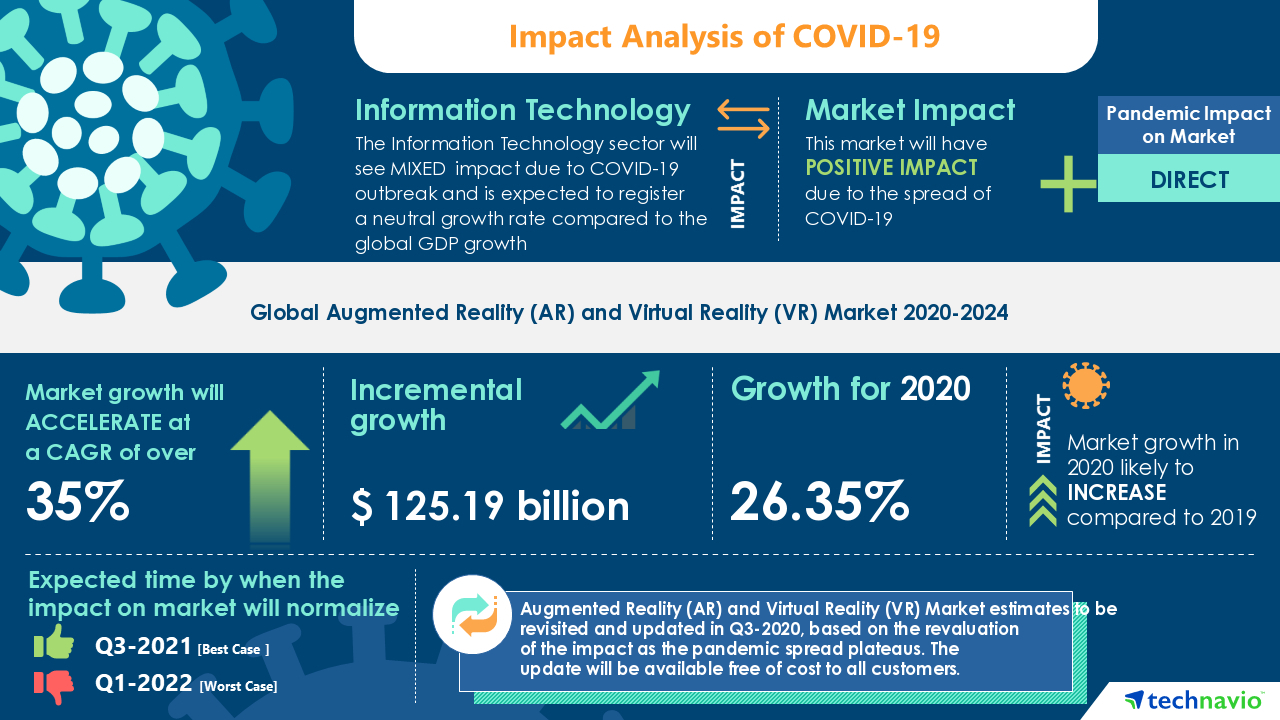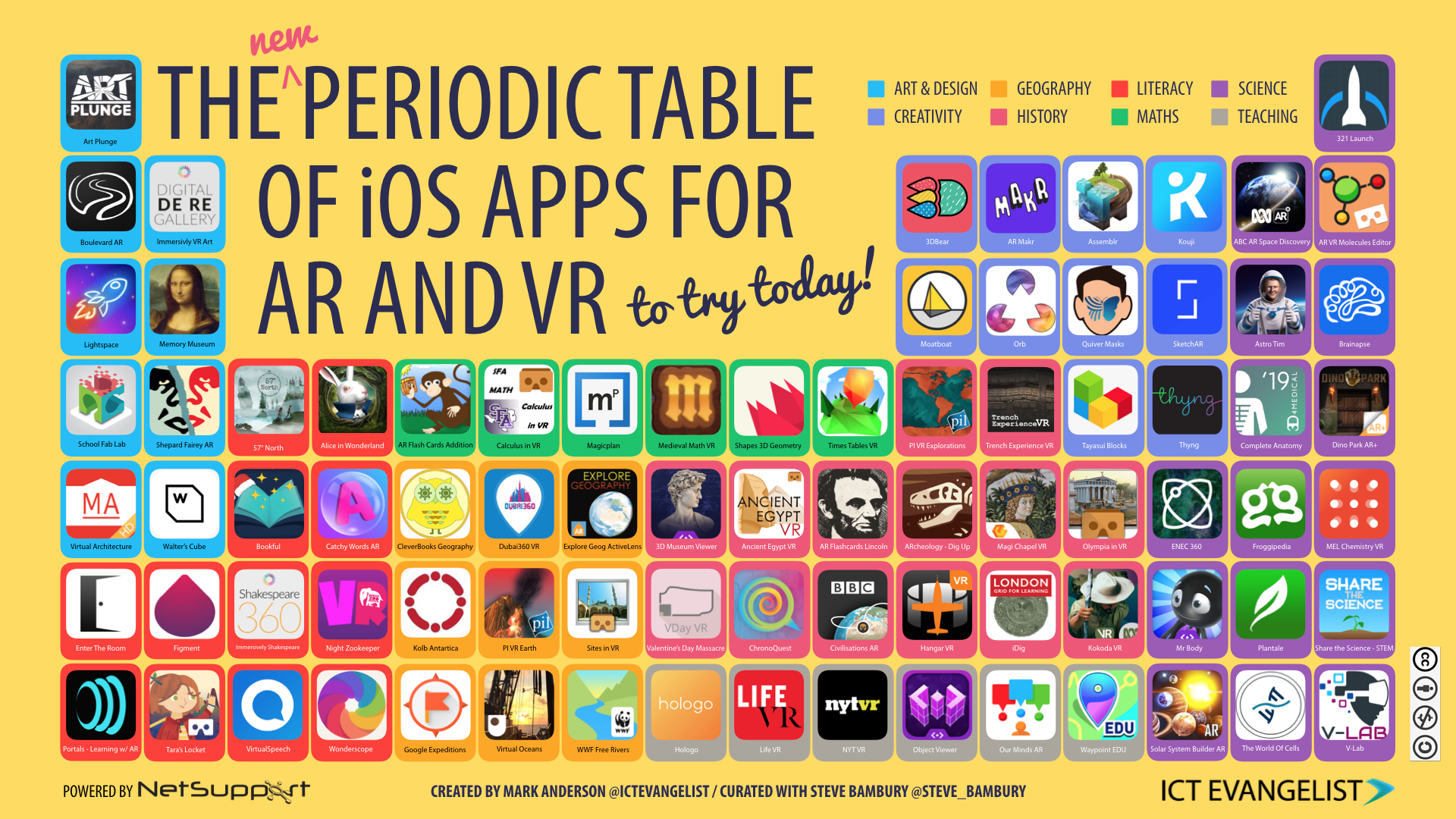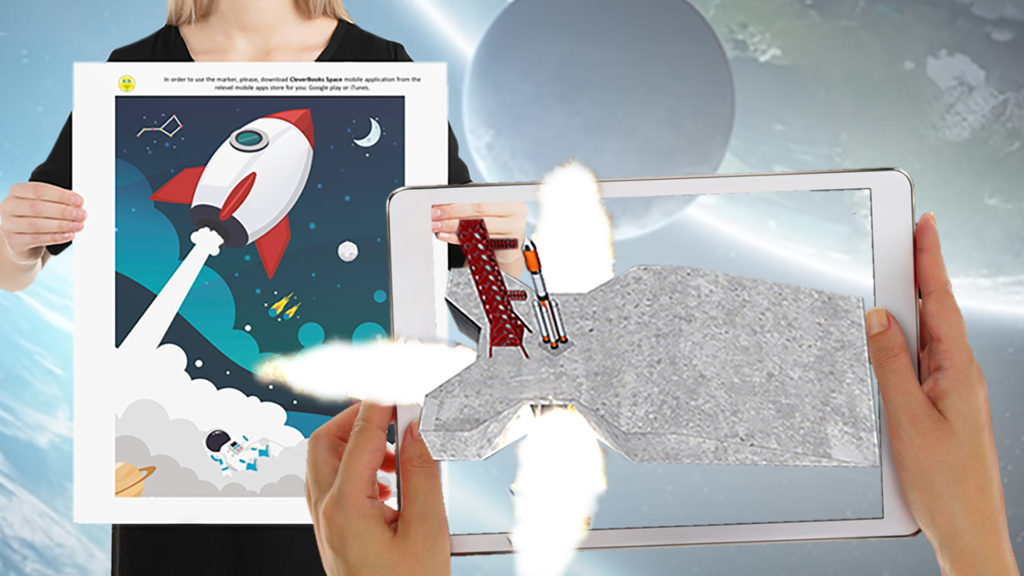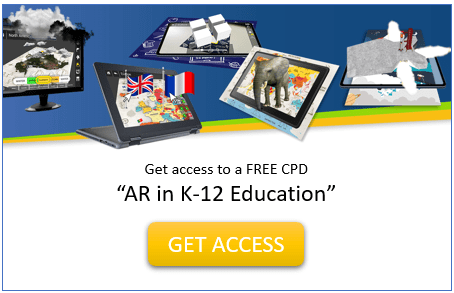Reading time: 7 minutes
AR/VR
The global augmented, and virtual reality (AR/VR) in education market size is projected to grow to EUR 17.3 billion by 2023. North America, followed by Europe, has the highest market share in the AR/VR in education. Combined, they together create around 67.2% of the global market segment. It’s forecast that this visual 3D technology will change the way digitally native students learn in the classroom and beyond, preparing them for the future workforce.

Source: https://mms.businesswire.com/media/20200626005010/en/801293/5/IRTNTR43509.jpg?download=1

Source: https://www.marketsandmarkets.com/Market-Reports/virtual-classroom-market-203811025.html#:~:text=The%20global%20augmented%20and%20virtual%20reality%20in%20education%20market%20size,16.2%25%20during%20the%20forecast%20period
The Difference
There is a big difference between education and learning: education is when you try to memorize information in order to pass a test and learning, on the contrary, is when you remember something because it is emotionally appealing to you. Learning lasts longer, and education can be proven by a piece of paper that we call a diploma or certificate.
The results are interesting if I ask you to reflect on what you learned at school and try to remember what you studied. What pops up in your head and memories? Is the information you remember connected to some emotional context? How we feel about what we learn, and the emotions connected to it creates longer memories. This is called the affective context model, and it was discovered by Donald Hebb in 1949. The idea behind the concept is not just making learning fun, but creating personal emotions and attachments to the specific information taught.
Affective Learning
Affective learning (https://www.frontiersin.org/research-topics/9360/affective-learning-in-digital-education) is closely connected to a personalized approach that appeals to emotions, supports interactive learning environments, and delivers the information in multiple ways (audial, visual, kinetic) so a learner can find the option that helps him most to achieve learning objectives. Therefore, driven from particular life situations, different people remember different things.
Once we recognize the connection between learning and emotion in the affective context model, it becomes more obvious how we can connect it to edtech. EdTech can provide integration between personalization and emotions. Imagine the possibility of studying geometry in an AR or VR visualization or learning about space in the same context. The creation of these types of memories will create a newer, more effective learning for the future needs of these children. You can see more of the possibilities in the chart below, showing the most-used AR/VR resources in the K-12 segment.

Source: https://ictevangelist.com/wp/wp-content/uploads/2019/01/img_5c51c5b6bc6b8.png
Virtual reality (VR)
Teachers use Virtual reality (VR) in education to enhance student learning engagement by exploring the topic through simulations. VR refers to interactive content (images or videos), which enables the user to explore the entire 360 degrees of a scene. Simulations with VR provide a learner with an in-depth understanding of the material, and with its further application in real life. VR in the education market will reach just over USD 13 million by 2026, according to Fortune Business Insights, because there is an increasing number of schools adopting the technology.
Source: https://mms.businesswire.com/media/20200319005519/en/780767/5/IRTNTR40435.jpg?download=1
The major focus of VR in education is to:
- supplement lessons to achieve a better comprehension of educational material by the students
- reproduce real-life experience through simulation related to a specific subject of study
- provide students the opportunity for virtual field trips to visit specific geographical locations, places, or even space without ever having to leave the classroom
- accommodate personalized learning demands of students with special needs or learning disabilities
- initiate the required training stimulation providing memorable and immersive experiences
Many educators embrace VR technology. Advances in the technology and increased competition among vendors in the market have significantly reduced the cost of VR gear. Thus, the increasing affordability of VR gear and the broader range of educational content available are driving more interest from the education segment to integrate this technology into the curriculum and the classroom.
Augmented Reality
In 2019, Forbes mentioned that Augmented Reality (AR) is one of the top five digital transformation trends that will change the educational landscape in the next decade. If we take Augmented Reality as an EdTech tool, we can use as a personalization element of the educational process, as it appeals to audial, visual, and kinetic senses. We create interest for children in the process of teaching and learning. While appealing to the emotional context and creating the “wow” effect with emerging technology, there is a stronger possibility that we memorize this piece of learning for a longer period of time.

Main opportunities for the use of AR in education:
- can help students with visual perception of material, bringing subjects to “life,” creating an ability to present material in 3D (which makes the abstract real) and do experiments that otherwise would not be possible in real life
- sustain the student’s motivation to learn, and increase students’ participation in the class lessons through an interactive and engaging learning environment
- enhance students’ understanding of subjects and improve their academic performance by developing the necessary skills required from the 21st-century workforce
AR gives the teachers an alternative tool to teach complex topics and concepts in a simplified way and to explore the subjects in different settings and scenarios that would not otherwise be possible. These outcomes, therefore, enhance the students’ academic performance and the learning experience.
The innovative AR resources would supplement the existing primary school STEM curriculum, helping educators to individualize class lessons according to the children’s capabilities and helping kids see, hear, and touch the knowledge. This method of immersive learning will strongly benefit children with learning difficulties and have greater influence among the less academically successful students. This learning, when accomplished, will give students a chance to gain more opportunities and competitive choices in life to become the next generation of STEM leaders, with the competence to fit the future workforce.
For a short demonstration of AR capabilities, follow the three steps below:
- Download the free CleverBooks Geography App from Play or Apple Store.
- Print out the marker provided below.
- Launch the app, face the camera of your mobile device toward the marker, and experience the AR technology.
There are several available tools in the marketplace that help to create the right surroundings for effective learning for digital natives (https://www.marcprensky.com/writing/Prensky%20-%20Digital%20Natives,%20Digital%20Immigrants%20-%20Part1.pdf). Digital natives, referring to our current generation of children, live in the technological world. It is essential for educators and parents to guide them on how to navigate and find what they need in the world of technology. EdTech specifically drives the skillset required to become part of the new workforce generation, finding the information they need with all the technology available.

